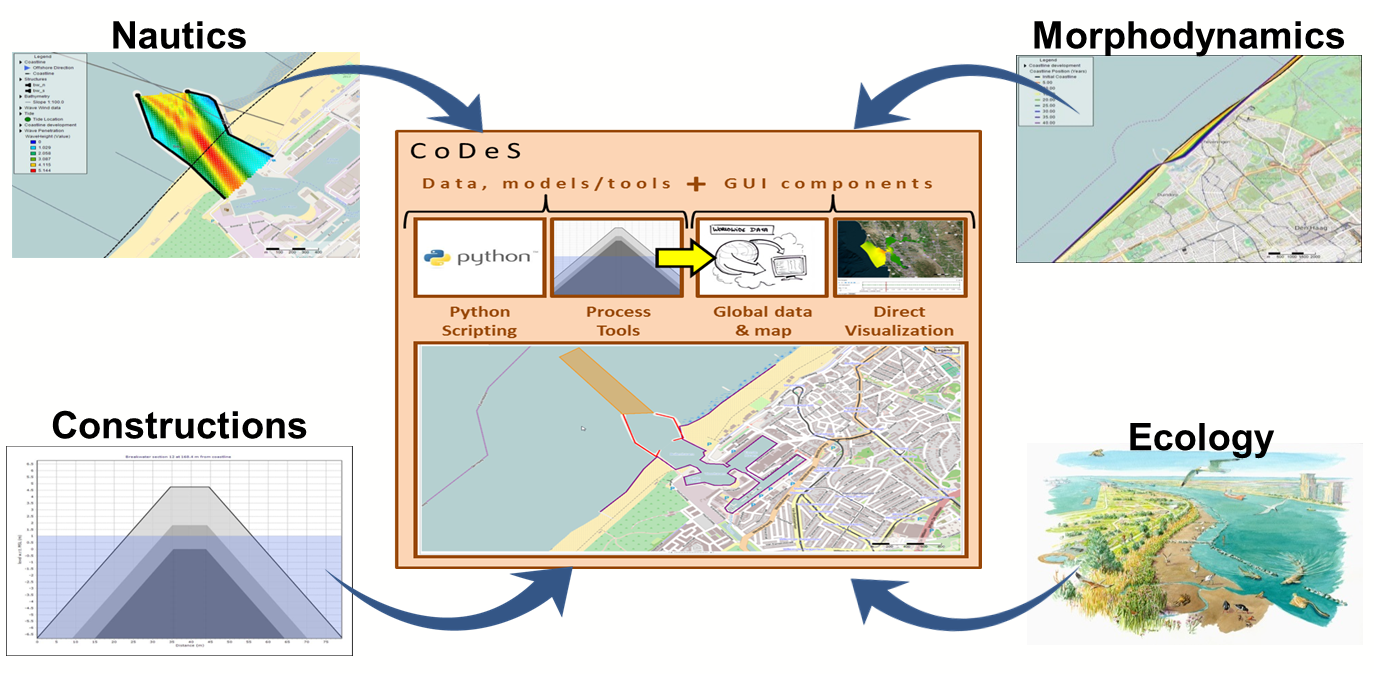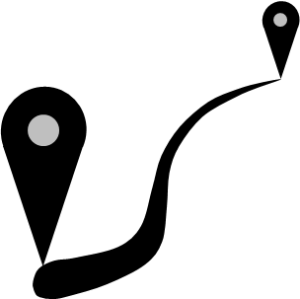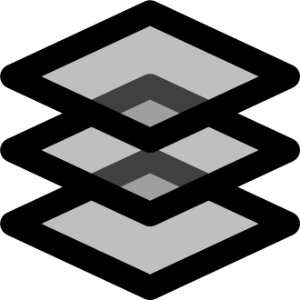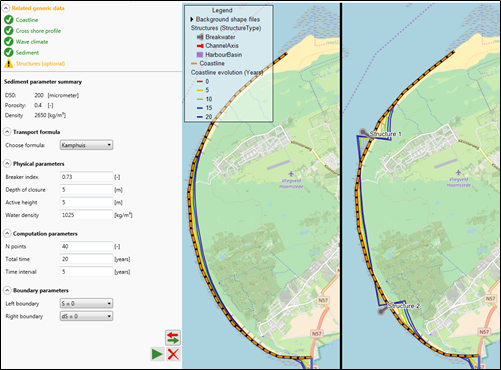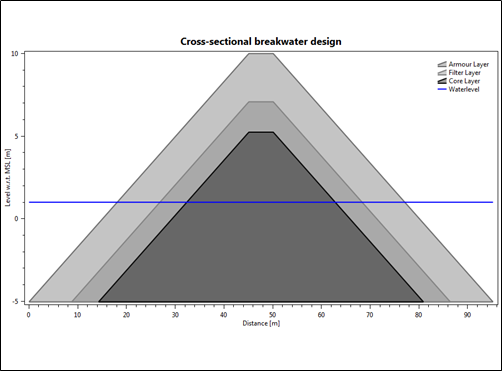Towards shared tools for the design of coastal infrastructure
Coastal Design and Support (CoDeS) tools are relatively simple software tools aimed to support engineers in the design of coastal engineering solutions and the communication towards clients and stakeholders. The tools provide quick insights in orders of magnitude of environmental conditions and impacts of human interventions. This way they help to arrive at promising solution directions during an early stage of a project. Bringing CoDeS tools together in one software environment enables engineers to use and improve the same knowledge base in order to increase the efficiency of projects and promote the integration between different disciplines. Moreover, an easy to use General User Interface (GUI) makes them accessible for a wide range of users (e.g. project engineers, managers, reviewers).
Following a successful CoDeS Pilot and CoDeS 1.0, Royal HaskoningDHV, Witteveen+Bos and Deltares continued the Joint Industry Project (JIP) with CoDeS 2.0.
Figure 1: Overview of the CoDeS tools framework in which tools from different disciplines (not all depicted here) related to the design of coastal engineering are brought together.
Objectives
The objectives of JIP CoDeS 2.0, following the developments made within the JIP CoDeS Pilot and JIP CoDeS 1.0, are defined as follows:
- to extend the CoDeS tools framework within Delta Shell in terms of functionality, uniformity, interactivity and additional tools
- to continue the joint creation of an easily accessible platform for the exchange and dissemination of CoDeS tools and knowledge
- to further grow the active community of developers (and users) amongst the different partners
- to disseminate the development of CoDeS 2.0 at a conference with an international audience
These objectives support the stimulation of demand driven R&D and knowledge dissemination through easy-to-use CoDeS tools.
Methodology
A team of coastal engineers, programmers and managers (product owners) from the three JIP partners work together on tool development in sprint sessions following a SCRUM alike methodology. Each sprint session has a clear scope and clear roles and responsibilities for the team. During the sprint sessions engineers and programmers use scripting (Iron Python and C#) to program CoDeS tools and link them to the Delta Shell user interface to make them easily accessible to the user community. A generic data module is added to the CoDeS framework, in order to support uniformity, integration and interactivity throughout the different CoDeS tools. Furthermore, a test bed containing unit tests is part of the CoDeS framework, in order to validate the functioning of the tools and secure robustness when additional tools are being added to the framework in the future.
JIP CoDeS 2.0 is subdivided into different sets of sprint sessions. All these sets of sprint sessions are followed by a demo of the developed product to the advisory board (AB) for feedback and steering in priorities for subsequent developments.
Results
Products
Compared to CoDeS 1.0, the CoDeS tools framework is extended with the following tools and functionality (see Figure 2, objective 1):
- Upgraded framework to arrange the data handling for the different CoDeS tools, including:
- bathymetry definition, interpolation and modification
- coastline definition
- coastal structures (i.e. breakwaters, channel and harbour basin)
- wave data import, classification, transformation and visualisation
- tidal data import, database, classification and visualisation
- sediment characteristics
- Tool for the quantification of channel sedimentation, aimed at optimised channel design
- Tool for ecological assessments, through a habitat mapping procedure
- Tool for the quantification of harbour basin siltation, aimed at optimised harbour basin design
- Tool for interactive flow field prediction in and around a port basin
- Multi-scenario management
- Save/load functionality
This has resulted in the following setup of available 'Generic data tabs' and 'CoDeS tools' (icons link to the online CoDeS User Manual):
Considerable effort has been put in making the upgraded framework more robust (by including a shared data model and unit tests) and improving the look & feel of the framework in terms of uniformity and accessibility for non-trained users. This has increased the use of the developed tools within the partners' organizations considerably compared to the products from the JIP CoDeS Pilot and JIP CoDeS 1.0. Moreover, the CoDeS community has become more mature in the sense that also internal and external contributions to the tools have been made outside the JIP project itself (objective 2 and 3). In order to demonstrate the use of the framework to a wider audience a showcase has been developed for the Scheveningen case. This indicative case study, illustrating the use of the tools in a real-life project, has been compiled in a conference paper which was presented at the PIANC Copdec 2016 conference in Rio de Janeiro, Brazil. The conference paper can be downloaded here. Furthermore, the CoDeS tools were presented for an international audience at the International Conference on Coastal Engineering '18 (ICCE '18), the slides can be found here (objective 4).
How do I get access to the product?
The embargo on CoDeS 2.0 was lifted in January 2020.
In order to install CoDeS 2.0, you need to acquire two components:
- The CoDeS 2.0 Python code
- A specific CoDeS 2.0 version of the Delta Shell interface
The python code for CoDeS 2.0 can be freely downloaded form the OpenEarth repository, for which a free account can be created here.
The specific CoDeS 2.0 version of Delta Shell can be freely applied for here.
To properly link the tools with the Delta Shell GUI, a step-by-step read-me document is available.
Process
Working together in sprints using a SCRUM alike methodology was found to provide a very productive, constructive and pleasant working experience during both the CoDeS pilot and CoDeS 1.0 projects. Furthermore, the threshold for new developers to start-up and join the team is found to be fairly low (~couple of days). In order to streamline CoDeS software development in a professional manner, the software development tool JIRA was introduced since CoDeS 1.0 in order to manage and structure the development process. The online technical documentation, setup as part of CoDeS 2.0, can be found here.
Way forward
All partners are enthusiastic about the progress being made and product being delivered and wish to continue the cooperation. Therefore, explorations towards CoDeS 3.0 are being setup, in which explorations to additional partners are being executed as well. The exact scope of this project is still under discussion, but it will most likely include more connections to global databases (e.g. for waves, bathymetries and shorelines), improved data management and broadened scope, e.g. in the field of offshore engineering. Parties that are interested to use the tools or participate in future cooperation and development can contact Mr. Wiebe de Boer or Mr. Freek Scheel.
Figure 2: Overview of CoDeS tools developed during JIP CoDeS 2.0 (see table below)
| Generic data - Structures | Generic data - Tide |
| Generic data - Waves | Coastline dynamics |
| Wave penetration | Breakwater design |
| Channel sedimentation | Interactive flow fields |
| eCoDeS | Harbour basin siltation |
